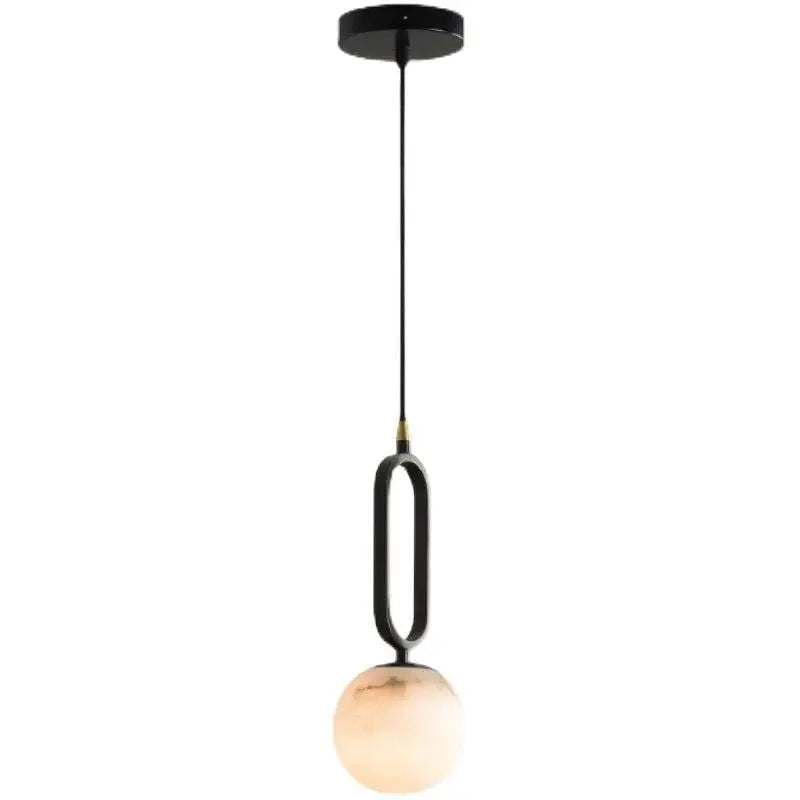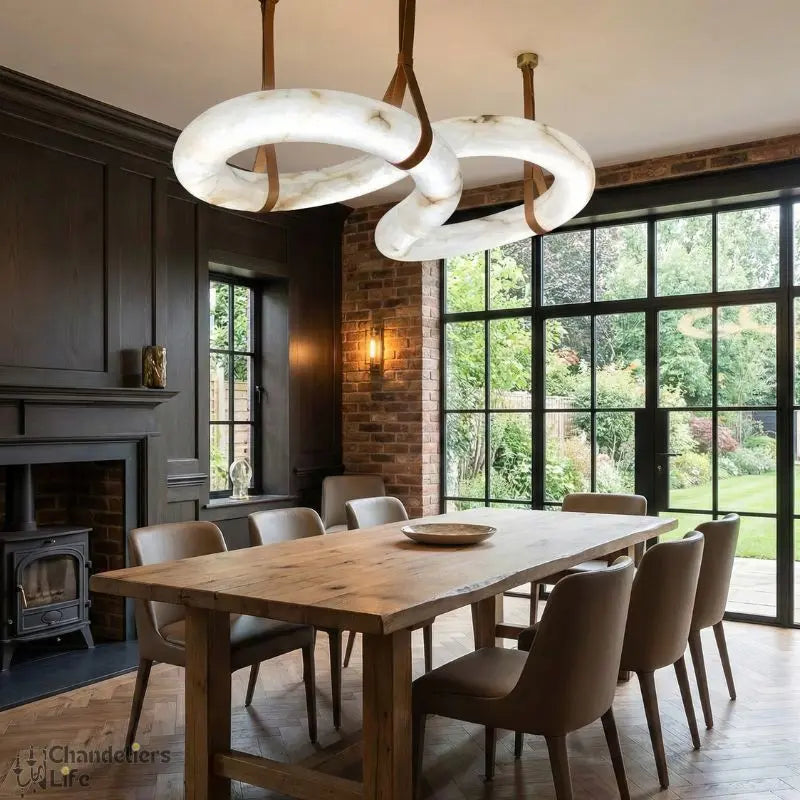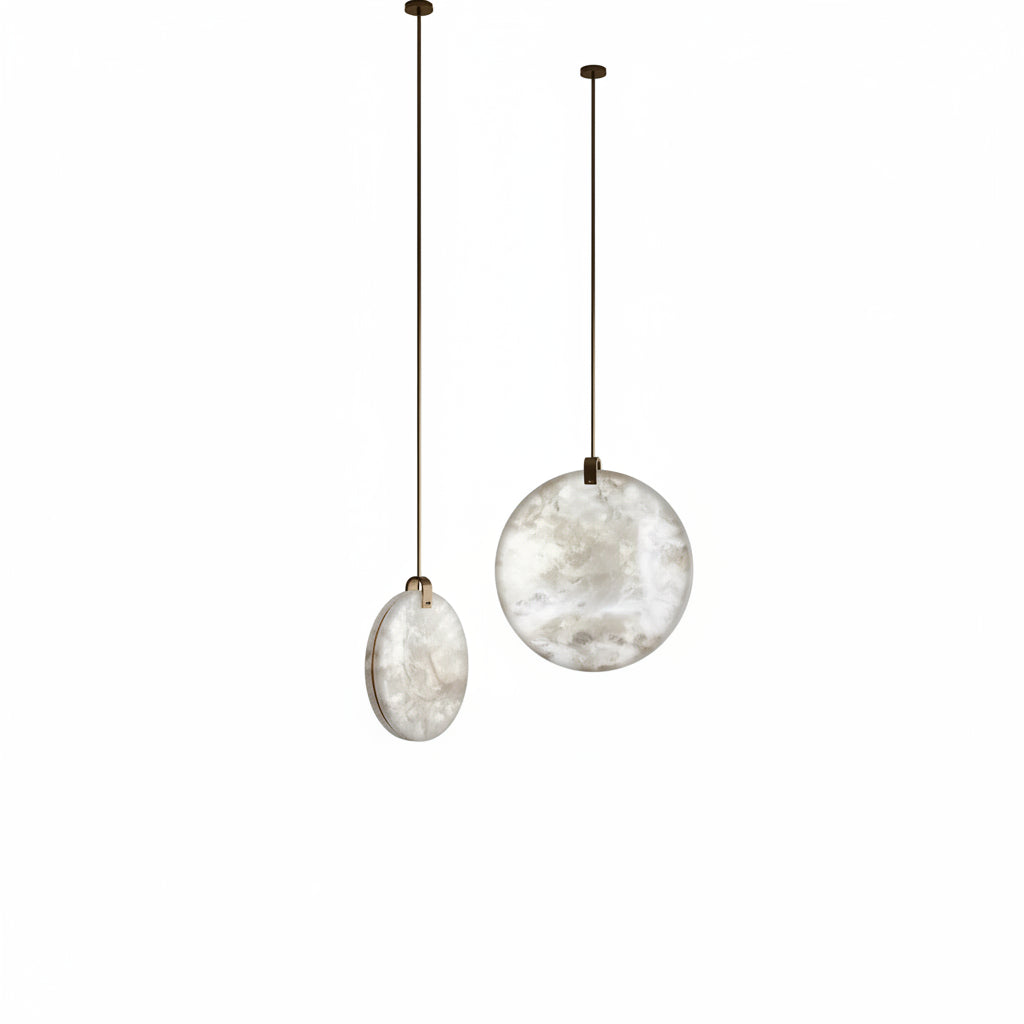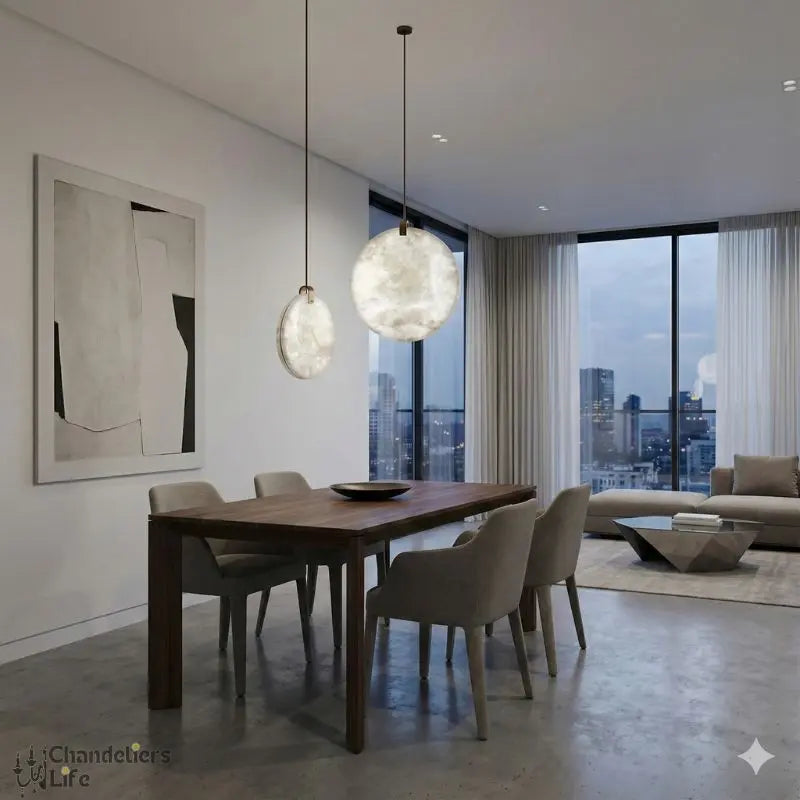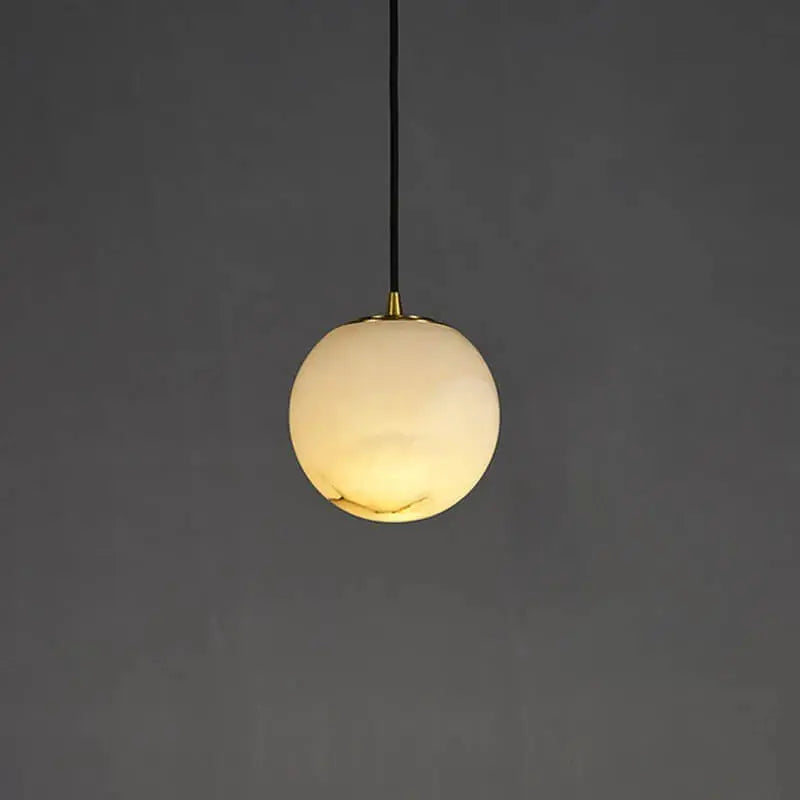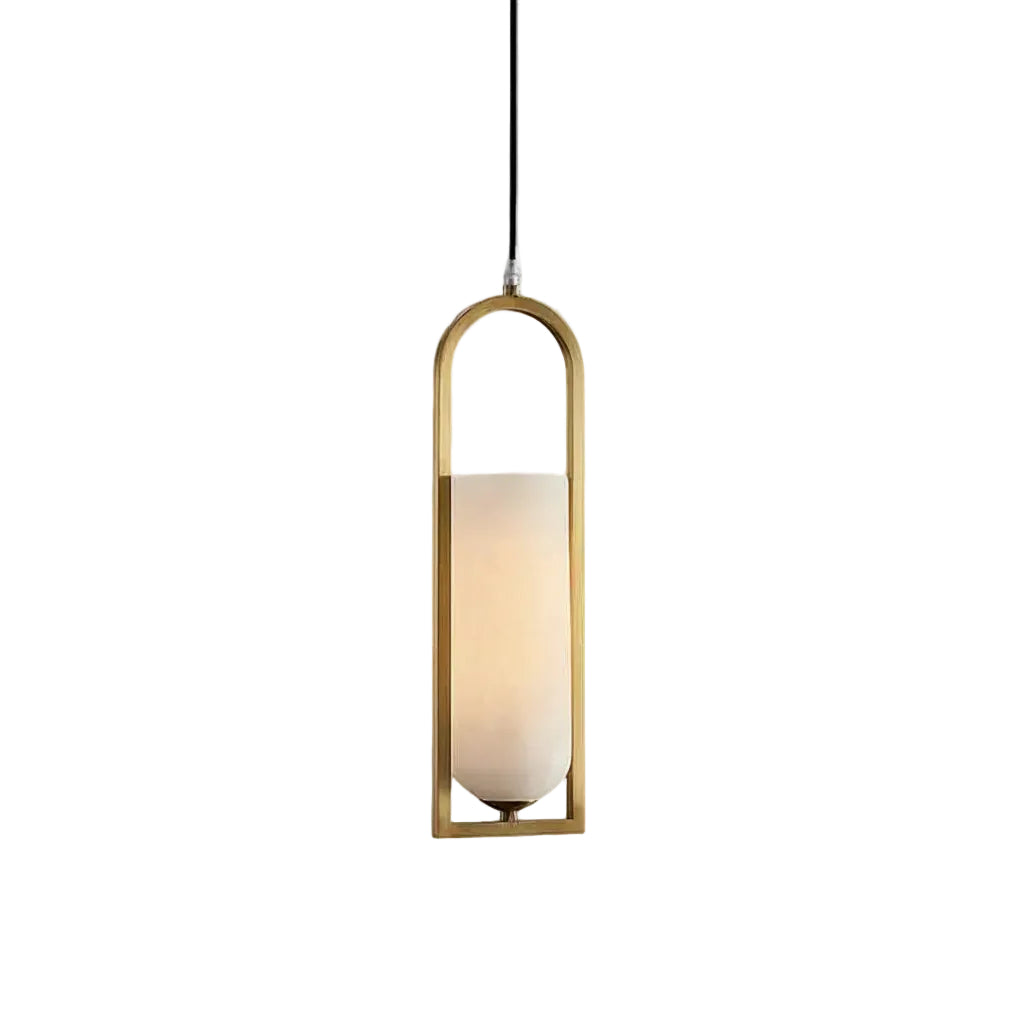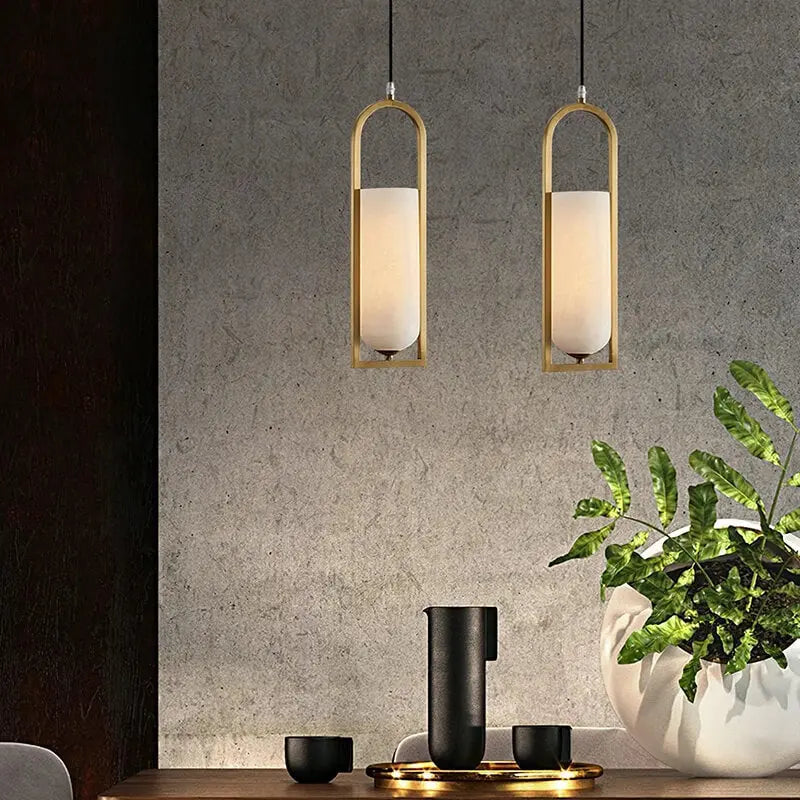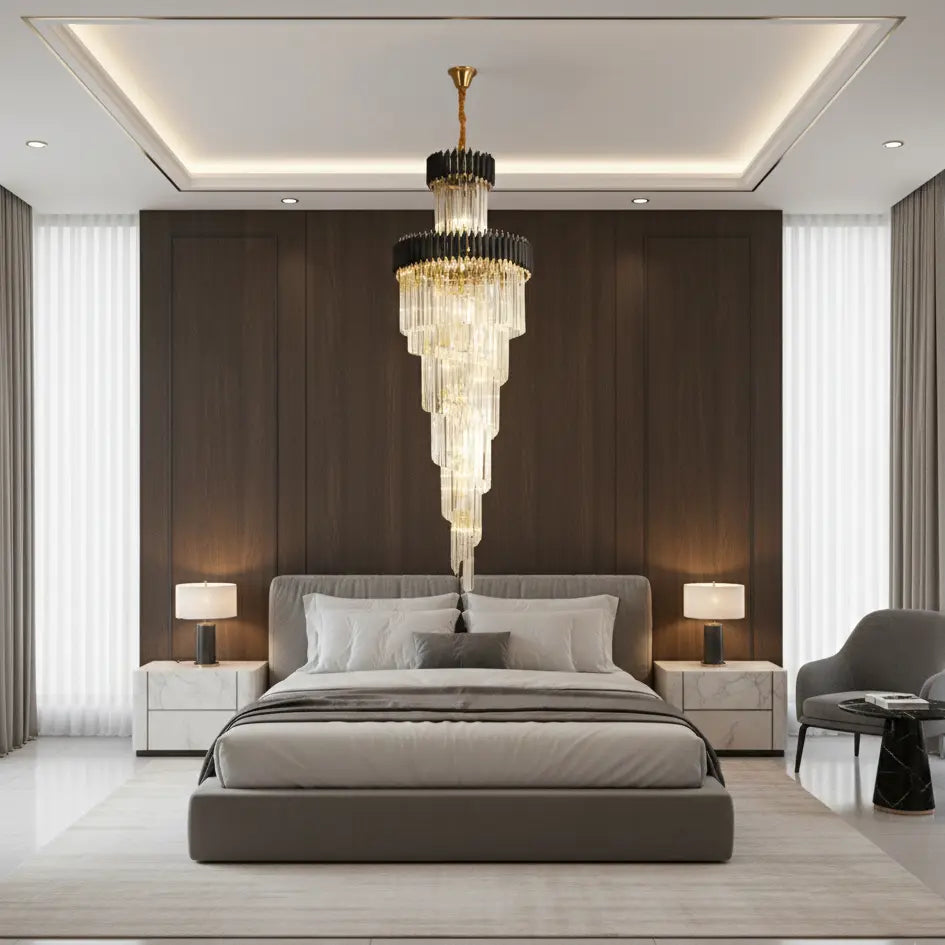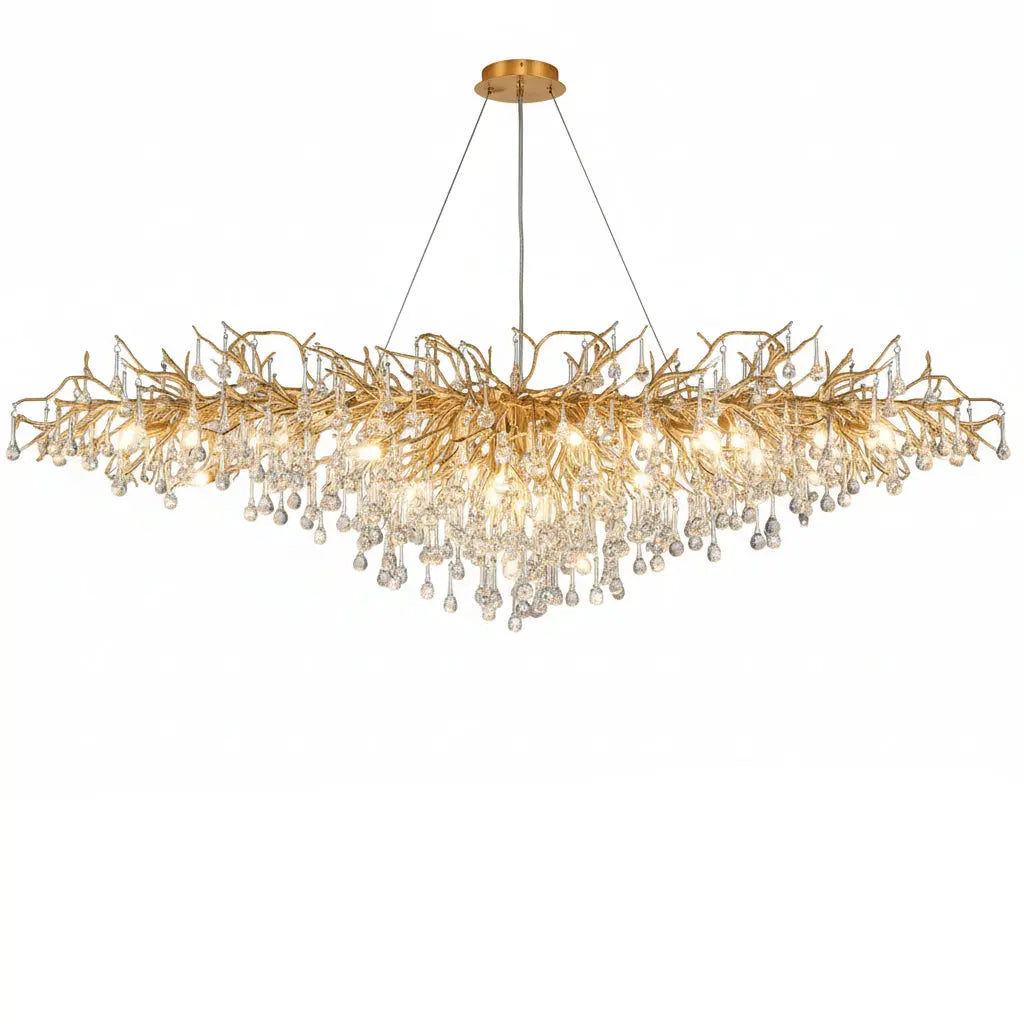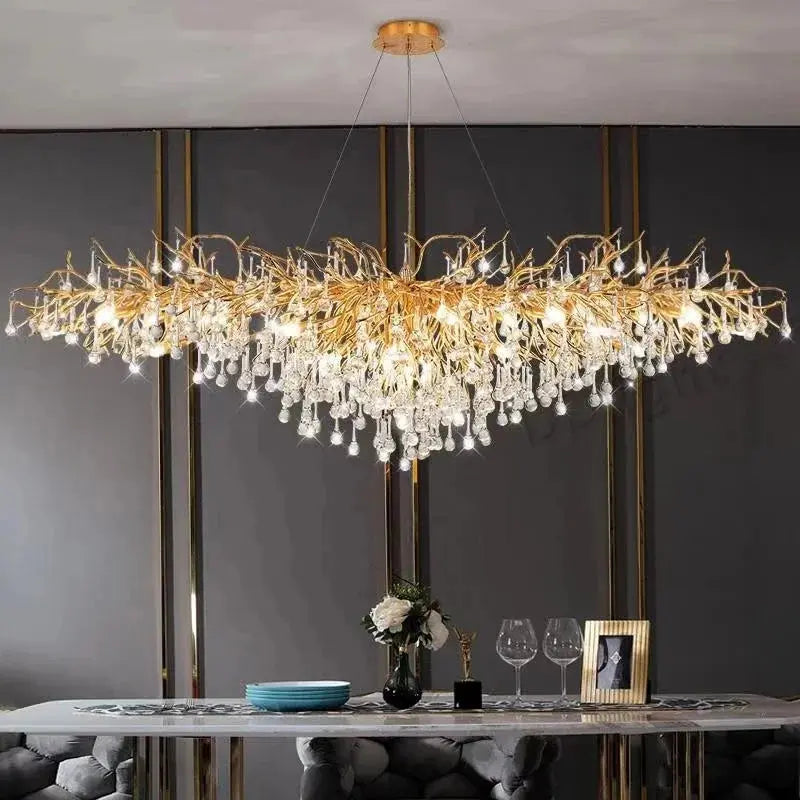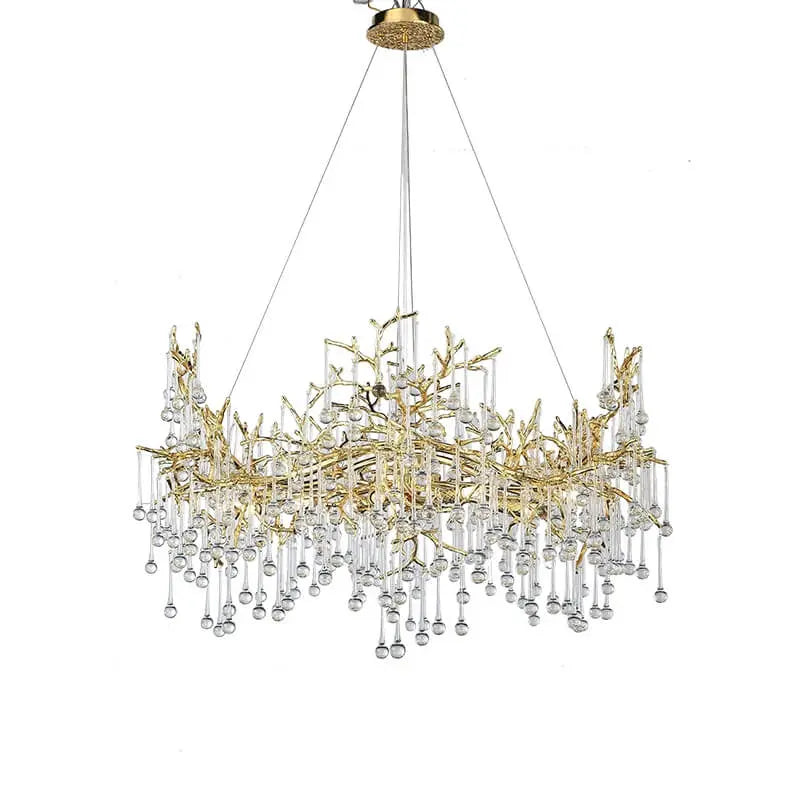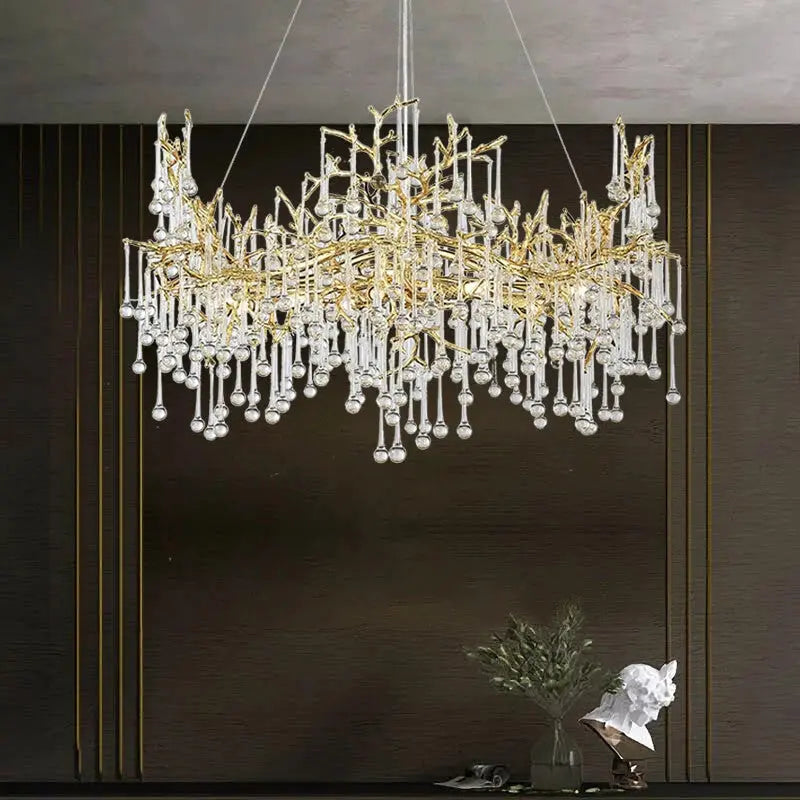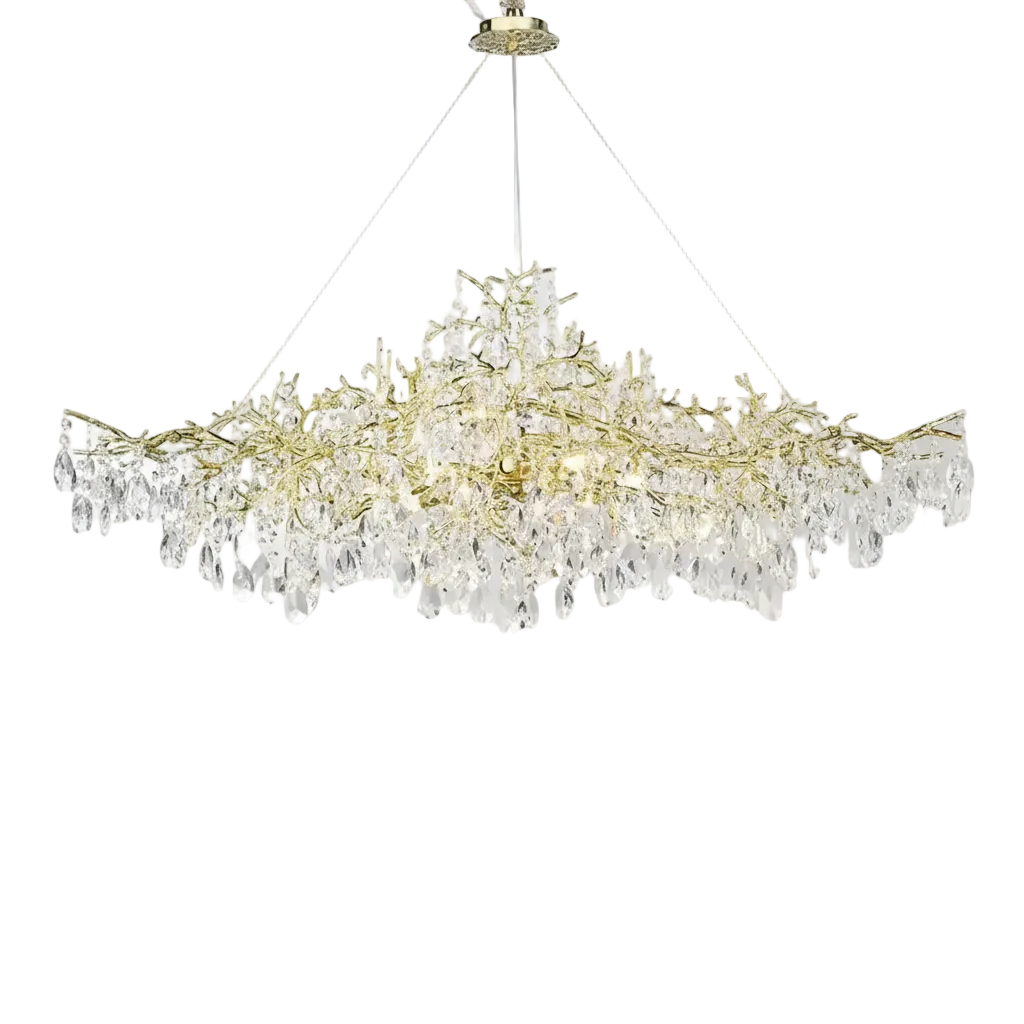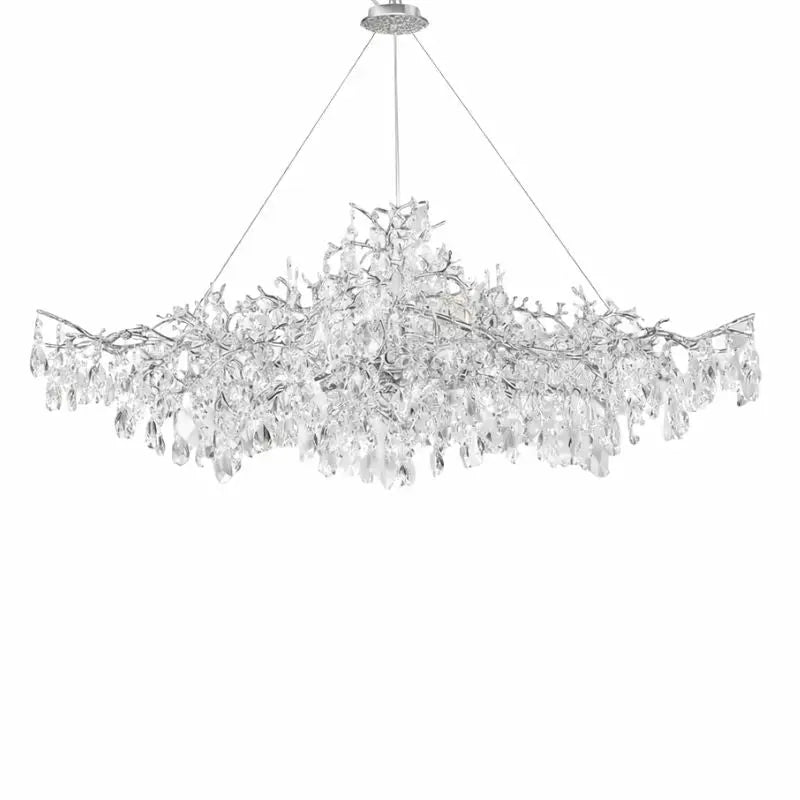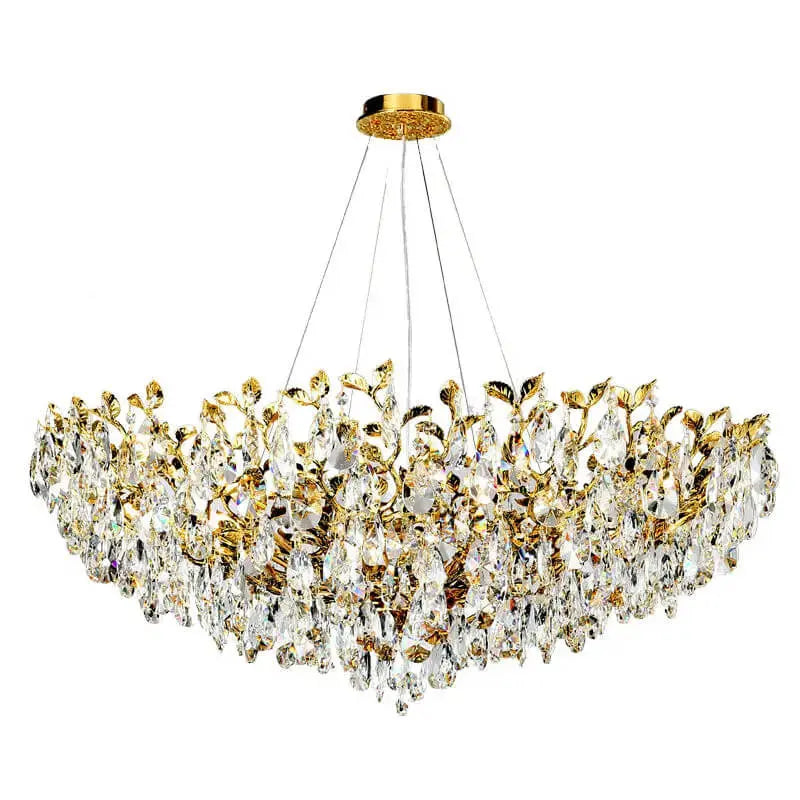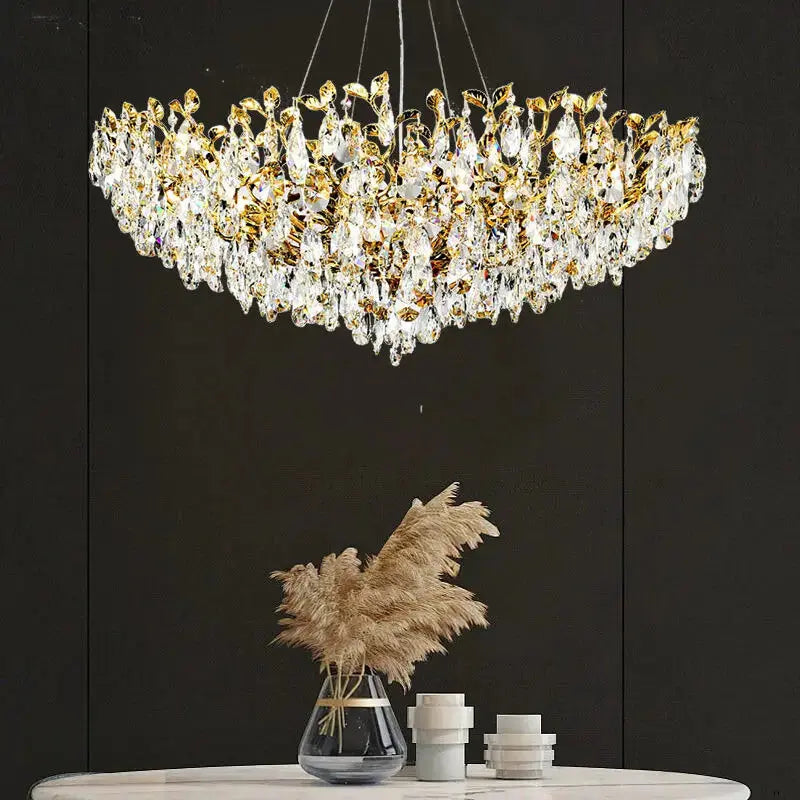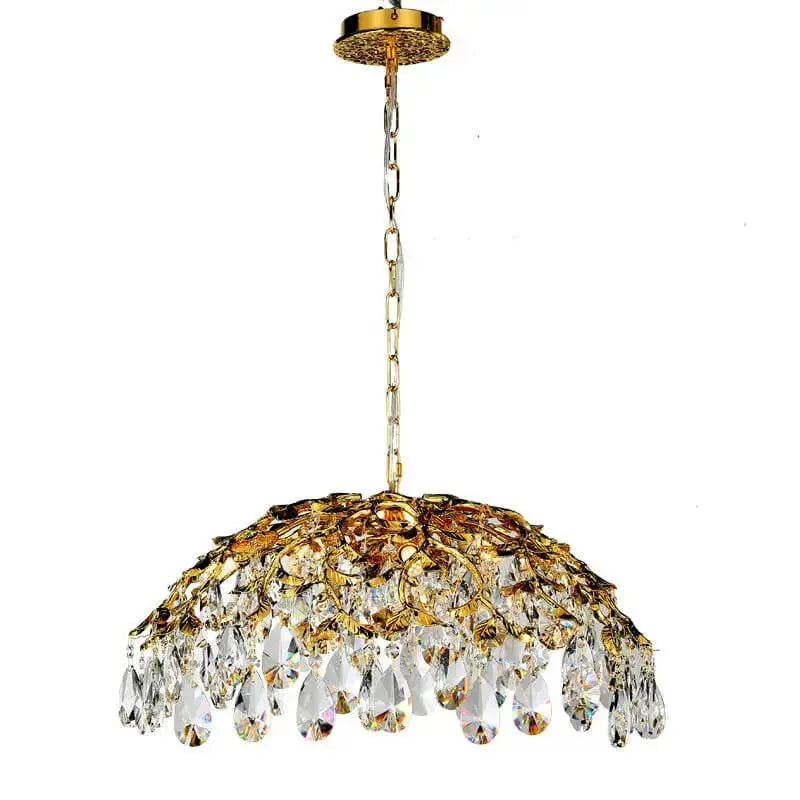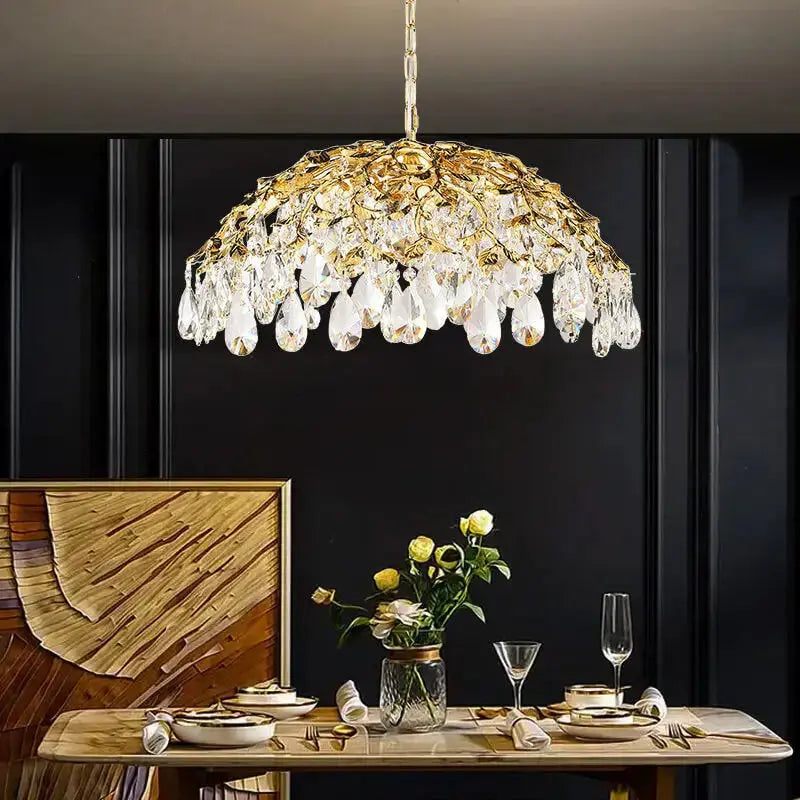Art Deco home interior design is a stylish and elegant approach that originated in the early 20th century. Known for its bold geometric patterns, luxurious materials, and vibrant colors, this design style continues to inspire modern homes. In this guide, we will explore the key features of Art Deco and provide practical tips for incorporating its timeless elegance into your living spaces.
Key Takeaways
- Art Deco originated in the 1920s and is characterized by geometric shapes and rich materials.
- Bold colors like deep greens, reds, and metallics are essential for creating an Art Deco vibe.
- Symmetry in furniture arrangement enhances the elegance of Art Deco interiors.
- Incorporating luxurious materials like velvet and chrome adds sophistication to your home.
- Art Deco lighting, such as chandeliers and sconces, serves as stunning focal points.
Understanding the Origins of Art Deco Home Interior
Art Deco is a unique style that began in the 1920s and quickly became popular around the world. It was a time of change, and this style reflected the excitement and modernity of the era. Art Deco combined different influences, making it a fascinating topic to explore.
The Birth of Art Deco in the 1920s
Art Deco emerged as a response to the simpler designs of the past. It celebrated luxury and modernity, using bold geometric shapes and vibrant colors. This style was all about making a statement and showcasing elegance in home interiors.
Influences from Ancient Cultures
The design drew inspiration from various ancient cultures, including Egyptian and Aztec art. These influences can be seen in the patterns and motifs used in Art Deco designs, which often featured stylized forms and intricate details.
Art Deco's Rise to Popularity
As the world moved into the 1930s, Art Deco gained even more popularity. It became a symbol of wealth and sophistication, influencing not just interior design but also architecture and fashion. The style's emphasis on luxurious materials and striking designs made it a favorite among the elite.
Art Deco is not just a design style; it represents a vibrant era of creativity and innovation.
In summary, Art Deco's origins are rooted in a blend of historical influences and a desire for modern elegance. Its unique characteristics continue to inspire designers today, making it a timeless choice for home interiors.
Key Characteristics of Art Deco Home Interior
Art Deco home interior design is known for its bold and stylish aesthetic that emerged in the 1920s. Here are some key features that define this timeless style:
Geometric Patterns and Symmetry
- Art Deco emphasizes geometric shapes and symmetrical patterns. Common motifs include zigzags, chevrons, and sunbursts.
- These designs create a sense of energy and movement, making spaces feel dynamic and lively.
- Furniture often features stepped forms, enhancing the overall visual appeal.
Luxurious Materials and Finishes
- The use of luxurious materials is a hallmark of Art Deco. Popular choices include exotic woods like ebony and rosewood, as well as shiny metals like chrome and brass.
- Glossy lacquered finishes add a touch of glamour, making the interiors feel sophisticated and elegant.
- Here’s a quick look at some materials:
| Material | Description |
|---|---|
| Exotic Woods | Macassar ebony, rosewood |
| Metals | Chrome, brass |
| Finishes | Glossy lacquer |
Bold Colors and Contrasts
- Art Deco interiors are known for their vibrant color palettes. Rich jewel tones like emerald green, sapphire blue, and ruby red are commonly used.
- These bold colors are often paired with metallic accents, creating striking contrasts that enhance the overall design.
- A typical color scheme might include:
- Deep jewel tones
- Black and white combinations
- Metallics like gold and silver
Art Deco design is not just about aesthetics; it’s about creating a luxurious atmosphere that feels both modern and timeless.
Incorporating these key characteristics into your home can help you achieve a stunning Art Deco look that stands out. Whether you’re working with a modern home interior or looking to add some Art Deco home interior elements, these features will guide you in creating a space that exudes elegance and style.
Incorporating Art Deco Elements into Modern Homes
Art Deco style can bring a touch of timeless elegance to any modern home. Here are some ways to seamlessly blend Art Deco elements into your space:
Choosing the Right Art Deco Furniture
- Curved Sofas: Look for sofas with smooth, rounded lines that reflect the Art Deco aesthetic.
- Mirrored Tables: Incorporate side tables with mirrored surfaces to add a glamorous touch.
- Inlaid Wood Cabinets: Choose cabinets that feature intricate inlays, showcasing craftsmanship and style.
Using Art Deco Lighting to Enhance Ambiance
- Chandeliers: Opt for statement chandeliers with geometric designs to serve as focal points in your rooms.
- Sconces: Install wall sconces with metallic finishes to create a warm, inviting atmosphere.
- Decorative Table Lamps: Select lamps with bold bases and shades that echo the Art Deco style.
Accessorizing with Art Deco Decor
- Geometric Mirrors: Use mirrors with bold frames to reflect light and add depth to your space.
- Vases and Artwork: Incorporate vases with geometric patterns and artwork that captures the essence of the Jazz Age.
- Symmetrical Arrangements: Arrange your accessories in balanced groupings to enhance the Art Deco look.
By thoughtfully integrating these elements, you can transform your home into a stylish haven that celebrates the glamour of Art Deco while maintaining modern functionality.
Incorporating Art Deco into your home design not only adds elegance but also creates a unique blend of old and new, making your space truly special.
Art Deco Room Inspirations
Art Deco design brings a touch of timeless elegance to any home. Here are some ideas to inspire you in creating stunning Art Deco spaces:
Creating an Art Deco Living Room
An Art Deco living room is all about bold geometric patterns and luxurious materials. Here are some tips to achieve this look:
- Use geometric-patterned rugs and cushions.
- Choose furniture with sleek lines and metallic accents.
- Incorporate statement lighting, like a modern luxury chandelier for living room.
Designing a Glamorous Art Deco Bedroom
To create an elegant bedroom, consider these elements:
- Opt for an upholstered headboard with geometric patterns.
- Use mirrored bedside tables and dressers.
- Choose bedding in rich colors like emerald green or deep blue, complemented by metallic accents.
Transforming Your Kitchen with Art Deco Style
An Art Deco kitchen combines style and practicality. Here’s how:
- Select sleek cabinetry and marble countertops.
- Use geometric tiles for a stylish backsplash.
- Incorporate pendant lights for kitchen that reflect the Art Deco aesthetic.
Art Deco is not just a style; it’s a way to express luxury and sophistication in your home. By incorporating these elements, you can create spaces that are both functional and beautiful.
Incorporating Art Deco elements into your home can be a fun and rewarding experience. Whether you’re looking for art deco home furniture or art deco home decoracion, there are plenty of options to explore. Remember, the key is to blend old-world charm with modern touches to create a unique and inviting atmosphere.
The Lasting Legacy of Art Deco Design
Art Deco has left a significant mark on the world of design, influencing various fields even today. Its unique blend of luxury and modernity continues to inspire architects and designers alike.
Art Deco's Influence on Contemporary Design
Art Deco's impact is evident in many modern designs. Here are some key areas where its influence can be seen:
- Architecture: Many skyscrapers and buildings today still reflect Art Deco's geometric shapes and elegant lines.
- Fashion: The bold patterns and luxurious materials of Art Deco are often echoed in contemporary fashion.
- Interior Design: Modern interiors frequently incorporate Art Deco elements, such as rich colors and symmetrical layouts.
Preserving Art Deco in Historic Homes
To maintain the charm of Art Deco in older homes, consider these tips:
- Restoration: Use original materials and techniques to restore features like moldings and fixtures.
- Color Palette: Stick to the classic Art Deco colors, such as gold, black, and deep jewel tones.
- Furniture: Incorporate vintage or reproduction furniture that reflects the Art Deco style.
Collecting and Curating Art Deco Pieces
For those interested in collecting, here are some popular items:
- Mirrors: Look for sunburst mirrors that are iconic in Art Deco design.
- Lighting: Seek out geometric chandeliers and lamps that capture the essence of the era.
- Decorative Arts: Collect ceramics, glassware, and textiles that showcase Art Deco patterns and materials.
The legacy of Art Deco is not just in its aesthetic but in its ability to inspire creativity and elegance in design. It reminds us that style can be both timeless and modern, making it a beloved choice for many today.
Practical Tips for Achieving Art Deco Elegance
Creating an Art Deco-inspired interior is all about blending luxury with bold design. Here are some practical tips to help you achieve that timeless elegance in your home:
Selecting a Cohesive Color Palette
- Start with a neutral base to create a calm backdrop.
- Add bold colors like emerald green, ruby red, and sapphire blue for a striking effect.
- Incorporate metallic accents, such as gold or chrome, to enhance the luxurious feel.
Arranging Furniture for Symmetry
- Arrange furniture symmetrically around a central focal point, like a stunning piece of art or a luxurious chandelier.
- Use geometric patterns in your textiles and wallpaper to echo the Art Deco style.
- Incorporate symmetrical architectural details, such as moldings and paneling, to create a balanced look.
Incorporating Textures and Patterns
- Choose luxurious materials like velvet, silk, and satin for upholstery and drapes.
- Add geometric patterns through rugs, cushions, and wall art to create visual interest.
- Use shiny surfaces like chrome and glass to reflect light and add glamour to your space.
Embrace the elegance of Art Deco by mixing modern and vintage pieces. This blend can add character and avoid a too-thematic look.
By following these tips, you can create a stunning Art Deco interior that captures the essence of this timeless style. Don't forget to explore luxury chandeliers online shopping to find the perfect lighting that complements your design!
Exploring Iconic Art Deco Architecture
Art Deco architecture is a stunning blend of elegance and modernity. This style emerged in the early 20th century and is characterized by its bold geometric shapes and luxurious materials. Here are some key aspects of this architectural style:
Famous Art Deco Buildings Around the World
- Chrysler Building (New York City) - A symbol of the Art Deco movement, known for its stunning spire and intricate details.
- Empire State Building (New York City) - An iconic skyscraper that showcases the grandeur of Art Deco design.
- Palais de Chaillot (Paris) - A beautiful example of Art Deco architecture with its symmetrical layout and decorative elements.
Architectural Features of Art Deco Homes
- Geometric Patterns: Art Deco buildings often feature zigzags, chevrons, and other geometric motifs.
- Luxurious Materials: Use of materials like stainless steel, aluminum, and glass to create a sleek look.
- Vertical Lines: Emphasis on height and verticality, giving buildings a majestic appearance.
The Role of Technology in Art Deco Design
- Innovative Construction Techniques: The use of new materials and methods allowed for more daring designs.
- Skyscrapers: The rise of skyscrapers during this era was a significant development in urban architecture.
- Modern Aesthetics: Art Deco embraced the machine age, reflecting the technological advancements of the time.
Art Deco architecture remains a testament to the creativity and innovation of its era, influencing modern design even today.
Discover the stunning beauty of Art Deco architecture! This unique style combines elegance and modernity, making it a must-see for anyone who loves design. Don't miss out on exploring these iconic buildings. Visit our website to learn more and find inspiration for your own space!
Final Thoughts on Art Deco Interior Design
In conclusion, Art Deco interior design is a beautiful way to add elegance and charm to your home. This style, which became popular in the 1920s and 1930s, is known for its bold shapes, rich colors, and luxurious materials. By mixing these elements, you can create a space that feels both classic and modern. Whether you want to redesign a single room or your entire home, Art Deco offers many ideas to inspire you. Remember, the key is to have fun and let your personality shine through in your design choices. Embrace the timeless beauty of Art Deco and transform your home into a stylish retreat.
Frequently Asked Questions
What is Art Deco interior design?
Art Deco interior design is a style that became popular in the 1920s and 1930s. It features bold geometric shapes, bright colors, and luxurious materials that create an elegant and modern look.
How can I incorporate Art Deco style into my home?
You can add Art Deco style by using geometric patterns in your decor, choosing furniture with sleek lines, and incorporating rich colors like gold, black, and jewel tones.
What materials are commonly used in Art Deco design?
Art Deco design often includes materials like glass, chrome, velvet, and marble. These materials add a touch of luxury and sophistication to the space.
Are there any specific colors that represent Art Deco?
Yes, Art Deco often uses deep jewel tones such as emerald green, ruby red, and sapphire blue, along with metallic colors like gold and silver.
Can I mix Art Deco with other styles?
Absolutely! Mixing Art Deco with other styles can create a unique look. Just make sure to keep some key elements of Art Deco, like geometric shapes and rich colors, to maintain harmony.
What are some famous examples of Art Deco architecture?
Famous examples of Art Deco architecture include the Chrysler Building in New York City and the Palais de Chaillot in Paris. These buildings showcase the style's unique geometric forms and luxurious details.




